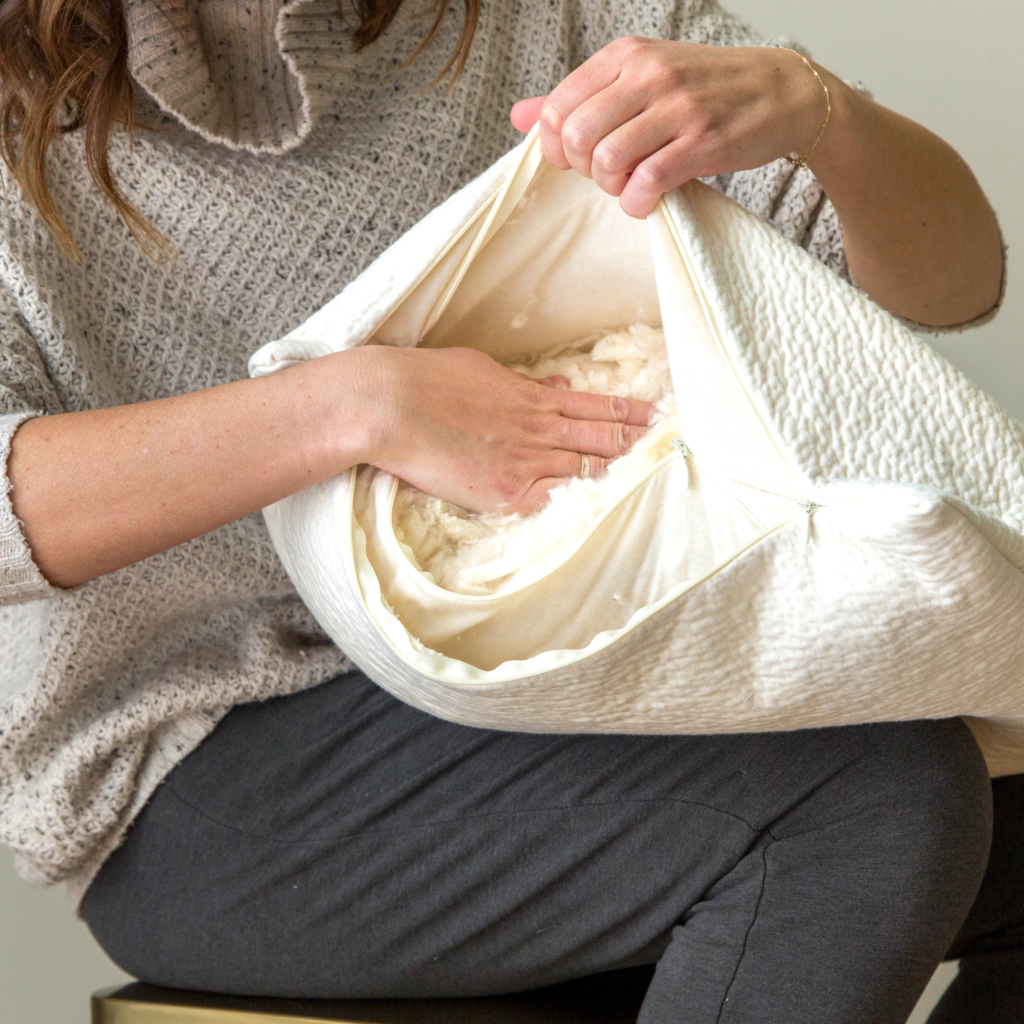There is always a big difference between the plant-based and factory-made material. In a world where gas emissions become one of the greatest dangers, natural fiber turns into a potential global saving product. However, the popularity of kapok manufacturers is depleting due to the polyester fiber. So, what is it about? What are they? Here is the explanation.
About Kapok As The Natural plat-based Fiber

Kapok or Ceiba Pentandra is a natural plant-based fiber that in par with cotton. Both of them have the same utilization, which is a pillow or mattress filling, bolster, or toy stuffing. While the name is not as popular as cotton, but Kapok is very much fully utilized in the local or Southeast Asian countries. The fabric-producing plant is cultivated in some American states.
Most of the production is from Indonesia and the neighboring country. It is because the tropical area is well suited for kapok cultivation. The maker or the manufacturer will harvest the fiber by separating the seed and the pod. And then they will do some more processes to clean the fiber, separate it from dirt, and then process the byproduct.
While using natural-based fabric can save the environment, but the utilization itself is beneficial for people. Kapok is very much a versatile material. The fiber has a hollow body, water-resistant, oil-absorbent, and hypoallergenic properties. That means the product will not trigger most allergy reactions. It also has amazing buoyancy that very comfortable for your body.
Another thing that makes kapok manufacturers strive despite the decreasing popularity is the versatility of the material. While the fabric is shunned due to its possibilities to trigger asthma, but the other part of the kapok is also useable. The oil can be biodiesel fuel, the seed can be Kapok seed meal, and the bark can be traditional ointments.
About Polyester Staple Fiber As Synthetic Material

Polyester is the opposite of Kapok because it is a factory-made material. That means it is a synthetic fiber made from PET plastic. To make the fiber, polyester will be melted and re-formed to make tow fiber or staple fiber. The appearance is like a cotton ball or kapok, which has very much unable to absorb water.
The product is also very cheap and easy to make. That is why the popularity is raising and stomping over both kapok and cotton. The fabric is washable and long-lasting. However, the production and the chemical substance is one of the biggest concerns about this fiber. Since it is made in factories, that means gas emission.
The more stable fiber produced, then the gas emission will constantly be rising. It will be one of the reasons why global warming is getting worse over time. At the same time, the melting process and the PET plastic itself can be dangerous for your body. When it is absorbed, then it can potentially trigger serious illness in the future.
Regarding the explanation, you can tell that the use of natural fiber is one of the solutions to global warming. While you may have to spend more than the synthetic material, but the long term effect is very much crucial. That is why it is recommended to buy natural and high-quality products through kapok filling wholesale. You can check out more information at kapokfibersuppliers.com.

